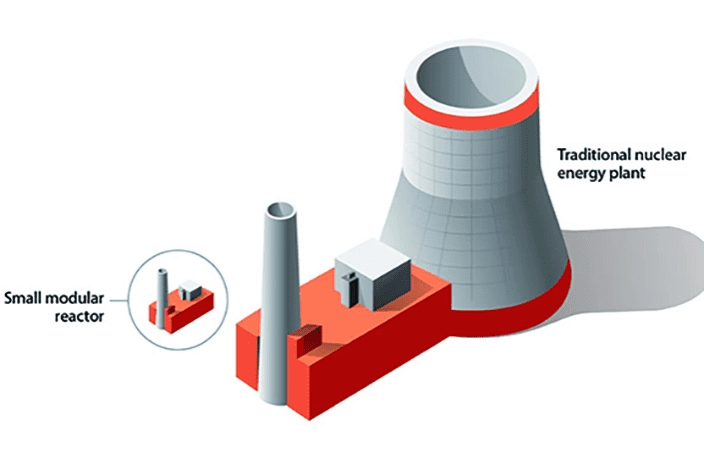Much has been made of the art of pizza making. But baking
the perfect pie is more than an artform: from the oven temperature, to the
composition of the crust, and even the flavor profile of your favored toppings,
crafting the ultimate pizza can really be broken down into a science.
The composition of the quintessential Neopolitan pizza has
been the subject of heated analysis for decades, but what about the archetypal
Chicagoan food stuff: the deep dish? Chicago-style deep-dish pizza is very
different from a tradition Italian pie. As the name suggests, the crust is much
deeper, there’s a lot more sauce, and the toppings are layered in a different
order from its Italian counterpart. And importantly, these differences mean
that the science behind baking a deep dish is also different from that of a
thin crust. So, just how do you craft the perfect deep-dish pizza?
The starting point for any pizza is, unsurprisingly, the
dough. As we’ve established, the crust of a deep-dish pizza is very different
from the dough of a New York- or Italian-style pizza. Whilst these flatter
incarnations only have dough on the bottom of the pizza, a Chicago style pizza
has a crust that covers the side, too. And that structural difference requires
the dough to be flakey and crispy.
Enter: fat.
Most regular pizza doughs contain very little or no fat.
Instead, they’re made from flour, water, yeast – and occasionally, olive oil –
which gives them that familiar bread-like texture. Conversely, a deep-dish
pizza dough is almost a dough-pastry hybrid, with a high fat-to-flour ratio,
which comes from the inclusion of corn oil or butter. This works well for two
main reasons: First, fat gives the dough a stronger structure, meaning that the
dough can be used to make the sides of the pizza. Secondly, fat is critical for
keeping the base of the pizza nice and crispy. For anyone who’s watched the Great
British Baking Show, you’ll know that a fundamental no-go in the world of
baking is a soggy bottom – and that’s also true for a pizza. The high fat composition
of a deep-dish dough means that the fat can coat a high proportion of the flour
particles. Because fat repels moisture, this stops the liquid in the sauce from
seeping into the dough. As a result, the crust stays crispy on the bottom, and
the sauce stays in the pizza, where we want it to be.
Now that you’ve got your dough, it’s time to consider the
other important pizza components: tomato sauce, cheese, and extra toppings.
Given the structure of a Chicago style pizza, the ratios and layering of these
compared to a thinner crust pizza are quite different. For one, a deep-dish
pizza uses more sauce than a thin crust. And since the main component of tomato
sauce is water, this can ruin all the effort of making the perfect crispy crust
if the pizza isn’t constructed properly. Although the fat in the crust acts a
good barrier to a soggy base, another critical pizza component that helps with
this is the cheese.
No deep-dish pizza is complete without cheese, and the vast majority of Chicago deep-dish pizza restaurants use the same type of cheese – Wisconsin mozzarella. Mozzarella is the perfect stringy melting cheese, and it acts like this because of the way it is manufactured. Like all cheese, mozzarella is made of milk: Italian buffalo milk is used to make Italian buffalo mozzarella, and cow’s milk makes Wisconsin mozzarella. Milk is largely made of protein, fat, and water. Milk proteins are tightly coiled up chains of molecules, and during the cheese manufacturing process, these proteins are separated out to make curds.
These properties make mozzarella an excellent melting cheese
to use on pizza, but the high fat content of mozzarella also aids with its
construction. In a deep-dish pizza, the mozzarella is the first layer on top of
the dough – as opposed to the top layer in a thin crust pizza. By making a
cheese layer between the sauce and the dough, along with using a buttery dough,
this makes a dual ‘barrier,’ guarding against a soggy crust.
The final element of our deep-dish pizzas are the toppings,
and perhaps unsurprisingly, the most popular ingredient for Chicago deep-dish
is sausage. Regardless of any city-based allegiance, there’s also a science
behind what makes the perfect Chicagoan sausage – and also what makes it a
preferable pizza ingredient. First of all, sausage is a high-fat meat, with an approximate
fat content of 30%. The high-fat component keeps the sausage solid at room
temperature, but makes it juicy and tender when hot. Fat is also useful for
absorbing any spices that are added to the sausage meat. But the most important
ingredient in sausage isn’t actually the fat: it’s the salt.
Proteins in meat are bundled into fibers that are fairly
complex and tough. Grinding and mixing meat alone does little to break down
those fibers – you just end up with shorter fibers that are equally tough to
chew. But humble sodium chloride (table salt) works wonders for tenderizing these
fibers: by adding salt to surface of the meat, water migrates from inside the
meat (where there is a low concentration of salt) to outside of the meat,
through the process of osmosis. When the water reaches the salt, it dissolves,
which makes a briney liquid that is capable of breaking down some of the tough
meat proteins. This means that salted meat has a far preferable consistency for
grinding and kneading, and also encourages the blending of meat with the fat to
improve the texture when cooked. In terms of the construction of the pizza, the
salt and spice element of the sausage complements the acid (tomato sauce) and
fat (cheese), making a complete flavor profile.
Now that all of the pizza components are ready to go, it’s time to bake. As we’ve seen, deep-dish pizza is made in distinct layers: the cheese is layered on the dough, followed by the sausage, and the sauce on top. Depending on the size, your pizza needs to bake for 30-40 minutes at 425°F (the perfect pizza oven temperature), and that requires a metal pan that can handle the heat. Lou Malnati’s, one of the stalwarts of the Chicago pizza scene, reportedly bakes their pizza in an aluminum pan: a lightweight metal with excellent thermal conductive properties. That means the pan not only heats up quickly, but it also heats evenly, ensuring that the pizza cooks consistently without a burnt crust.
So there you have it. Whether you’re a Giordano’s, Gino’s East, or Lou Malnati’s fan, the next time you order takeout, you’ll know a bit more about what goes into your favorite deep-dish slice.
-
Helen Robertson is a postdoctoral scholar at the University of Chicago, where she is investigating the evolution of genomes and gene regulation in different marine animals. Prior to this she obtained a PhD in evolutionary biology from University College London. Outside of the lab, she is interested in science communication and likes to write about science in society and new life sciences research.
View all posts






